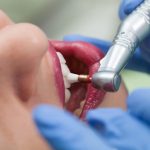When Do Kids Lose Their Teeth? A Comprehensive Guide to Your Child’s Dental Milestones
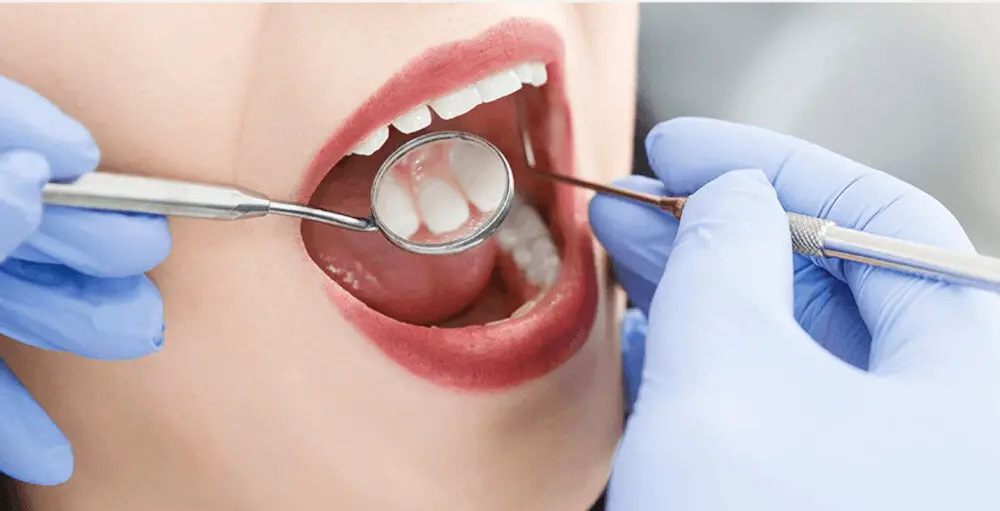
As a parent, understanding your child’s dental milestones is essential to ensuring their oral health stays on track. Knowing when your child will lose their baby teeth and when their permanent teeth will come in can help you identify any potential issues early on and take the necessary steps to prevent them. The process of losing baby teeth and growing permanent teeth is a natural part of your child’s development, but it can be confusing and even scary for them. This comprehensive guide will provide you with all the information you need to know about your child’s dental milestones, including when they can expect to lose their teeth, what to look out for during the process, and how to care for their new permanent teeth.
Primary teeth, also known as baby teeth or deciduous teeth, are the first set of teeth that children develop. These teeth typically begin to appear between 6 months and 1 year of age, and by the time a child reaches the age of 3, they usually have a full set of primary teeth. The primary teeth play a crucial role in a child’s development as they aid in speech development, enable proper chewing and digestion of food, and help to maintain the space for permanent teeth to grow in later. While these teeth are eventually replaced by permanent teeth, it is important to care for them properly to ensure optimal oral health and development for your child.
When do kids start losing their teeth?
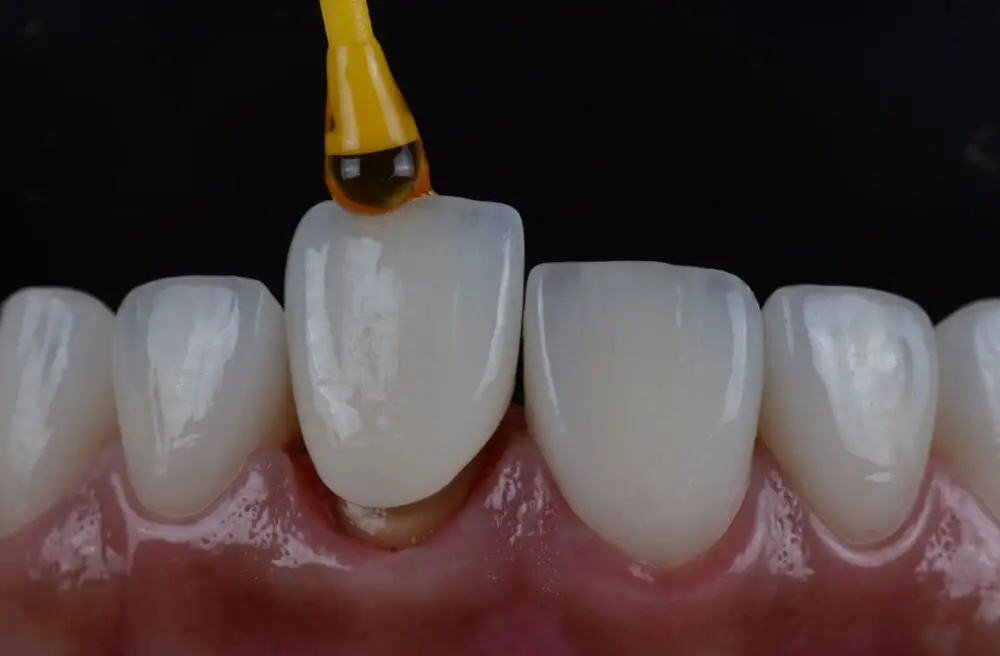
The process of losing baby teeth is a natural and exciting milestone in a child’s life. Typically, children begin to lose their primary teeth around the age of six or seven. However, the timeline can vary based on factors such as genetics, dental hygiene, and nutrition. The first teeth to fall out are usually the two lower front teeth, followed by the two upper front teeth. From there, the rest of the primary teeth will gradually loosen and fall out, making way for the permanent teeth. It’s important to note that losing baby teeth is a gradual process that can take several years to complete. By the age of 13, most children will have lost all of their primary teeth and will have a full set of permanent teeth. During this time, parents can help their children maintain good oral hygiene habits to ensure healthy teeth and gums. Regular dental check-ups and cleanings can also help catch any potential issues early on, allowing for prompt treatment and prevention of future problems.
The normal age range for children to lose their first tooth is between the ages of 5 and 7. This is an exciting milestone for children, as it marks the beginning of their transition from baby teeth to permanent teeth. The process of losing a tooth can be thrilling for kids, but it can also be stressful, as they may experience discomfort or anxiety. Parents can help ease their child’s worries and make the experience more positive by reassuring them that losing a tooth is a natural part of growing up and that their new permanent teeth will be strong and healthy. It’s important to note that every child is unique, and some may lose their first tooth earlier or later than others.
The timing of tooth loss in children can vary based on several factors. Genetics play a significant role in determining when children will lose their baby teeth. Additionally, gender can also play a role, as girls tend to lose teeth earlier than boys. The development of the jaw and the size of the teeth can also affect the timing of tooth loss. Early tooth loss can occur due to trauma or injury to the mouth, while late tooth loss may be related to dental problems such as tooth decay or gum disease. Finally, nutrition and overall health can also impact the timing of tooth loss, as a balanced and healthy diet can promote the growth and development of healthy teeth.
What is the order of tooth loss?
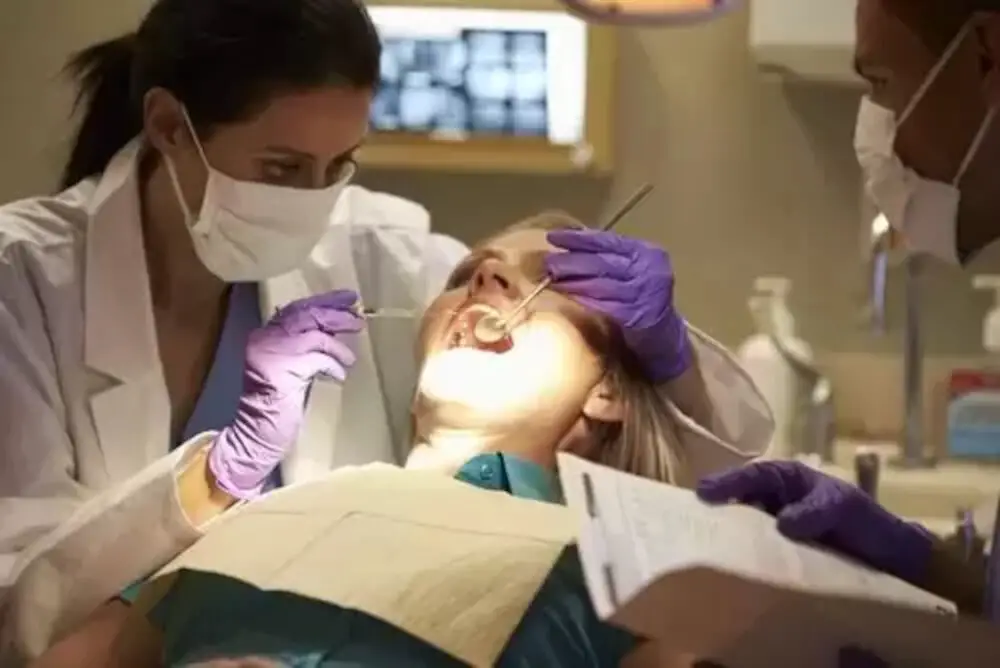
Tooth loss is a natural process that begins in childhood and continues throughout life. The order of tooth loss is generally predictable, but the timing can vary from child to child. The first teeth to be lost are usually the lower front teeth, followed by the upper front teeth. These teeth are known as the incisors and typically fall out between the ages of six and eight years old. Next, the first molars, which are located at the back of the mouth, will begin to loosen and fall out. This typically happens around the age of ten to twelve years old. The second molars, which are also located towards the back of the mouth, will usually fall out between the ages of ten and thirteen years old. Finally, the third molars, also known as wisdom teeth, will begin to emerge in the late teens or early twenties. Not everyone will develop wisdom teeth, and those who do may not experience any problems. However, some people may need to have these teeth removed if they cause pain or other issues. In conclusion, the order of tooth loss is a natural process that occurs in childhood and continues throughout life. While the timing may vary from child to child, the first teeth to be lost are typically the lower and upper front teeth, followed by the first and second molars, and finally, the third molars. It is important for parents to monitor their children’s dental health and ensure that they are practicing good oral hygiene habits to promote healthy teeth and gums.
The process of losing primary teeth, also known as baby teeth, is a natural and inevitable part of a child’s growth and development. Typically, the first primary teeth that fall out are the lower front teeth, followed by the upper front teeth, and then the primary teeth on either side of the front teeth. As children grow older, they will lose their primary molars, which are the teeth at the back of the mouth used for chewing and grinding food. Finally, the primary canines and second molars will fall out, marking the end of the primary teeth phase. The timeline for losing primary teeth can vary, but most children will have lost all of their primary teeth by the age of 12. It is important to encourage good oral hygiene habits and regular dental check-ups during this time to ensure a healthy and successful transition to permanent teeth.
When it comes to the order in which children lose their teeth, there are a few exceptions and variations that can occur. While the general pattern is for the bottom front teeth to come out first, followed by the top front teeth, and then the back teeth, this sequence can sometimes be disrupted. For example, some children may lose their top teeth before their bottom teeth, or vice versa. Additionally, some children may lose their baby teeth earlier or later than the average age range. However, these variations are generally nothing to be concerned about and are a normal part of the dental development process.
What happens after a tooth falls out?
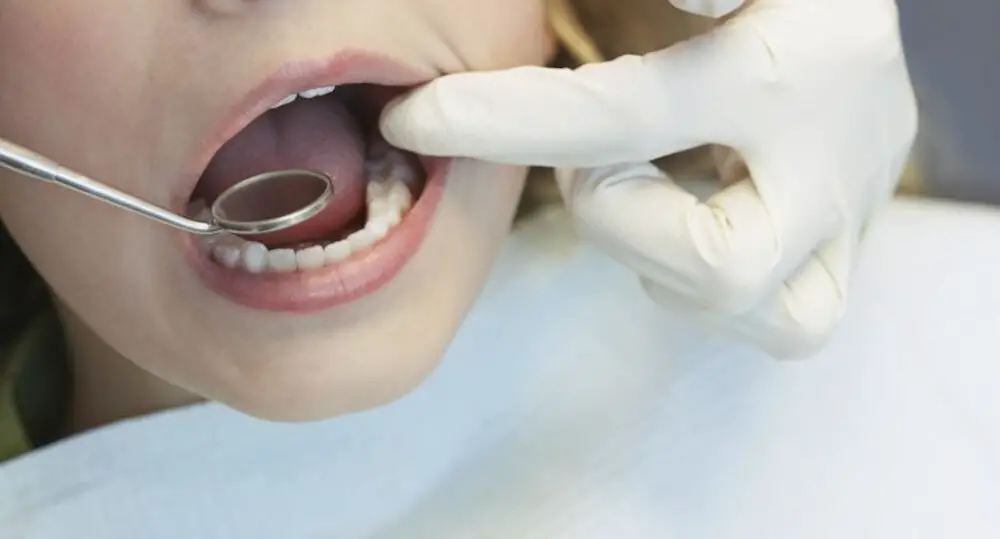
After a tooth falls out, the surrounding teeth may shift and move to fill in the gap. This can cause misalignment and create spaces where food particles can get trapped, leading to tooth decay and gum disease. Additionally, the bone that supported the missing tooth may begin to deteriorate due to lack of stimulation from the tooth’s root, which can also lead to further dental problems. Therefore, it is important to replace missing teeth as soon as possible to maintain proper oral health and prevent future complications. There are several options for replacing a missing tooth, including dental implants, bridges, and partial dentures. A dental implant involves surgically placing a small post into the jawbone, which acts as a replacement root for the missing tooth. A crown is then attached to the post, creating a natural-looking replacement tooth. A bridge is a prosthetic device that spans the gap created by the missing tooth and is anchored to the surrounding teeth. Partial dentures are removable appliances that replace one or more missing teeth. Your dentist can help you determine the best option for your individual needs and budget.
Permanent tooth eruption is a gradual process that occurs between the ages of six and 12 years, with the exception of wisdom teeth, which typically erupt between 17 and 25 years old. The process begins with the appearance of the first permanent molars in the back of the mouth, which usually happens around age six. As the jaw grows and the permanent teeth develop, they begin to push against the roots of the baby teeth, causing them to loosen and ultimately fall out. This process continues until all 32 permanent teeth have erupted and replaced the baby teeth. The timing and order of eruption can vary from child to child, but most kids will have all of their permanent teeth by the time they reach their teenage years. It’s important to monitor your child’s dental development and consult with a dentist if you have any concerns about their tooth eruption or overall oral health.
Proper dental care is crucial during the transition of a child losing their baby teeth and developing adult teeth. This is a critical time for children as the adult teeth are forming, and good oral hygiene habits need to be established. Neglecting dental care during this time can result in a higher risk of developing cavities, gum disease, and other dental problems. Parents should ensure their children brush their teeth twice a day, floss daily, and have regular dental checkups. It’s also essential to limit sugary snacks and drinks, which can lead to tooth decay. By prioritizing proper dental care during this transition period, parents can set their children up for a lifetime of healthy teeth and gums.
At what age do kids typically have all their permanent teeth?

The age at which kids typically have all their permanent teeth is around 12-13 years old. However, this can vary depending on the child’s genetics, nutrition, and overall dental health. The process of permanent teeth eruption usually starts between the ages of 6-7 years old, when the first molars come in. This is followed by the incisors and canines between the ages of 7-8 years old, and then the second molars between 11-13 years old. It’s important to note that some children may experience delayed tooth eruption, which can be caused by a variety of factors such as genetics, nutritional deficiencies, and certain medical conditions. On the other hand, some children may experience early tooth eruption, which can also be caused by genetics or other factors. Parents should ensure that their children receive regular dental check-ups to monitor their dental health and ensure that any issues are addressed promptly. Overall, while the age at which kids typically have all their permanent teeth may vary, it’s important for parents to stay informed and proactive in their child’s dental care.
The normal age range for having all adult teeth varies from person to person, but it generally occurs between the ages of 17 and 25. This process is known as eruption, and it is a critical dental milestone. During this time, the permanent teeth replace the baby teeth, completing the transition from childhood to adulthood. The eruption of adult teeth can be a painful and uncomfortable process, but it is an essential part of oral development. Maintaining good oral hygiene practices, such as brushing and flossing regularly, can help to prevent tooth decay and other dental problems from occurring.
It’s important to remember that every child is different and may experience variations or potential delays in their dental development. While the general timeline for losing baby teeth is typically between the ages of 6 and 12, some children may lose their teeth earlier or later than this. Additionally, factors such as genetics, nutrition, and overall health can impact the rate at which teeth grow and fall out. It’s important for parents to monitor their child’s dental development and consult with a dentist if they have concerns about potential delays or abnormalities. By staying proactive and informed, parents can help ensure their child’s dental health and wellbeing.
In summary, the process of losing baby teeth and growing permanent teeth is a natural milestone for children that typically begins around age six and continues into adolescence. The order and timing of tooth loss can vary, but generally, the bottom front teeth are the first to go, followed by the top front teeth. The loss of baby teeth can be exciting for children, but it’s important to maintain proper dental hygiene and regular check-ups to ensure the healthy growth of permanent teeth. Additionally, parents should be aware of potential issues such as delayed tooth loss or overcrowding, which may require intervention from a dental professional. By staying informed and proactive, parents can help their children achieve and maintain a healthy and beautiful smile.
Regular dental checkups and communication with a pediatric dentist are crucial for maintaining good oral health in children. Not only do these checkups help identify potential problems, but they also provide an opportunity for parents and children to learn about proper dental hygiene practices. Children’s teeth go through several milestones, and regular checkups can help ensure that these milestones are met on time. Additionally, communication with a pediatric dentist can help address any concerns or questions parents may have about their child’s dental health. By making regular dental checkups a priority, parents can help set their children up for a lifetime of good oral health.
Conclusion
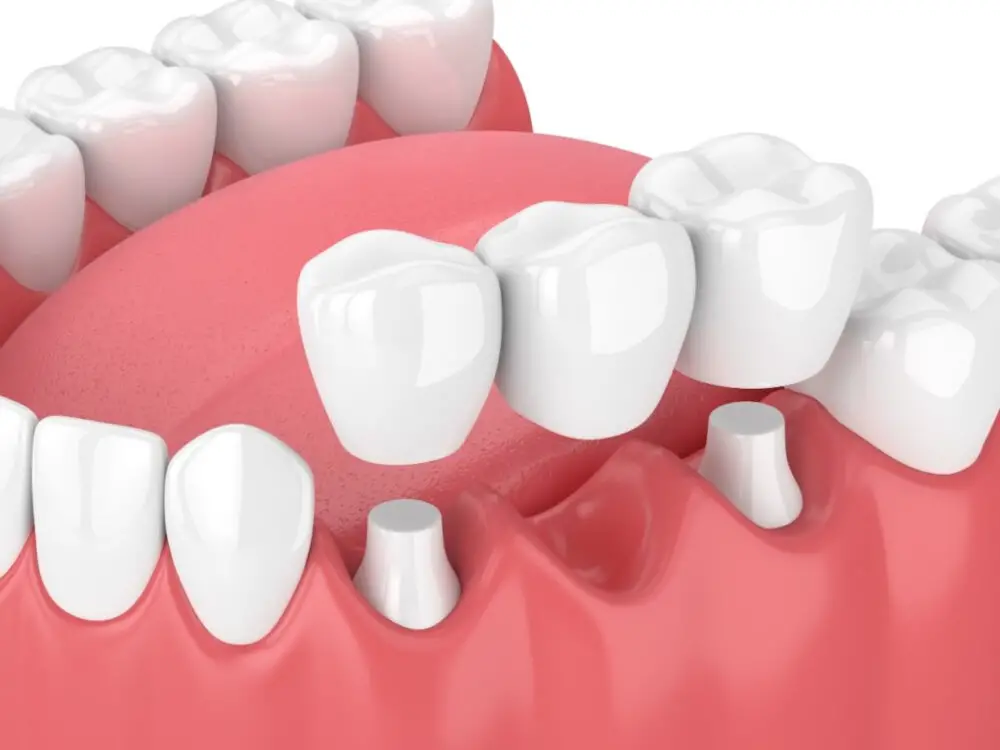
In conclusion, understanding the dental milestones of children is crucial for parents to ensure their children’s oral health. The process of losing baby teeth and growing permanent teeth can vary for each child, but generally, it starts at around age 6 and can continue until the early teenage years. Parents should encourage their children to maintain good oral hygiene habits, such as brushing and flossing regularly, and take them for regular dental check-ups. By doing so, parents can help their children develop healthy teeth and gums, which will set them up for a lifetime of good oral health. Remember, every child’s journey towards a healthy smile is unique, but with proper care and attention, parents can ensure their child’s dental milestones are met with confidence and ease.




